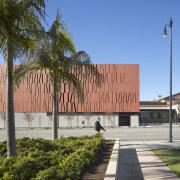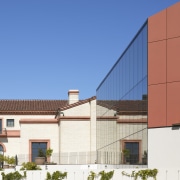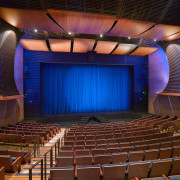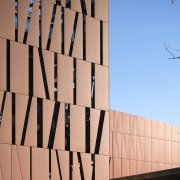Old post office and new theatre create performing arts centre
A culturally significant1930s post office has been repurposed and joined by a 500-seat theatre to create the Wallis Annenberg Centre for the Performing Arts
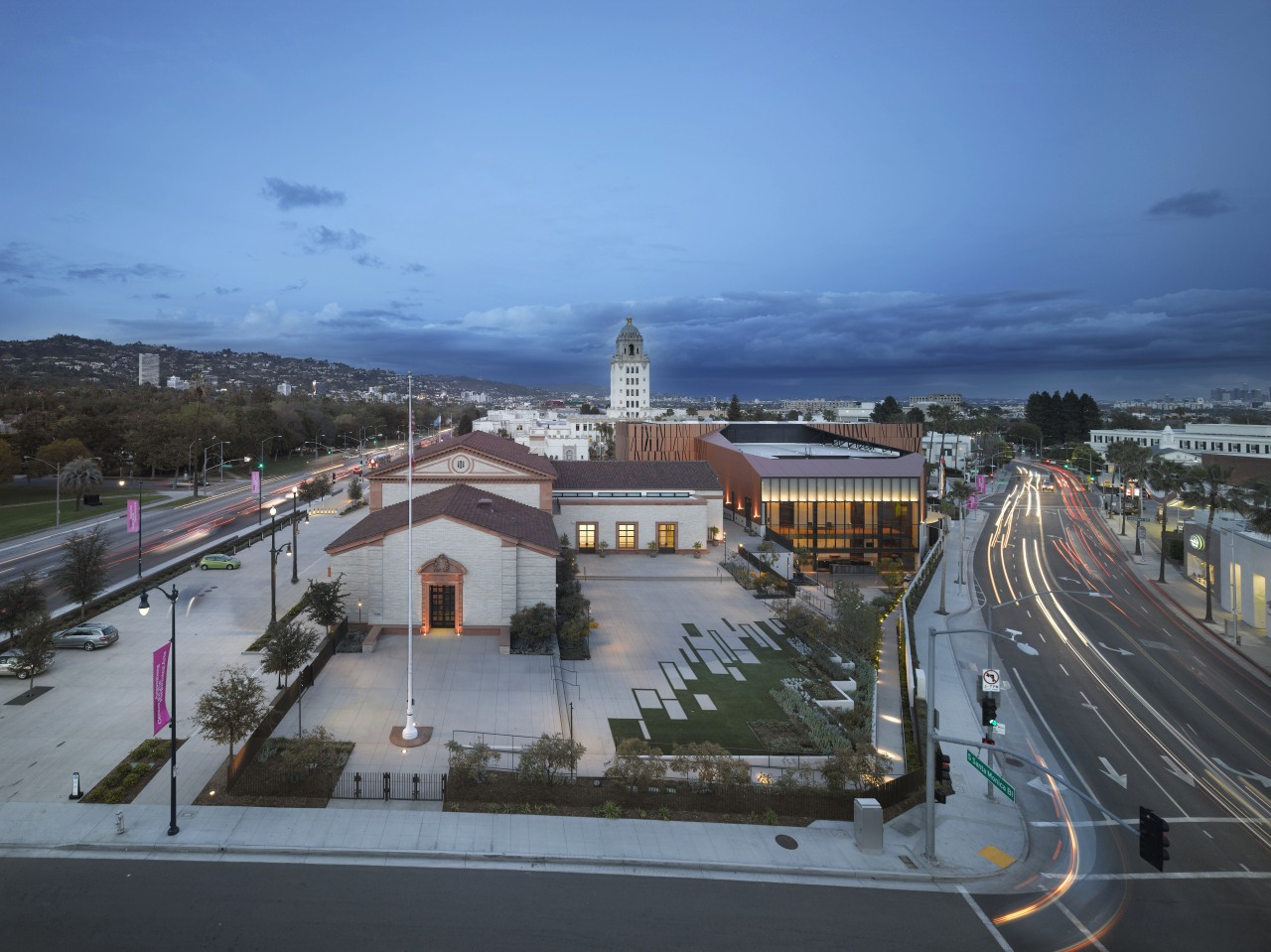
How best to meld an historically significant building with a bold new theatre venue to create a dynamic, world-class performing arts centre? One way is to subsume the new into the old, while another is to let them both stand out in proud juxtaposition.
The initial idea for the Wallis Annenberg Centre for the Performing Arts, Beverly Hills was to add the new 500-seat Goldsmith Theatre within the fabric of the original building. However, Studio Pali Fekete (SPF) architects with lead architect Zoltan Pali had a bolder idea which won them the project.
"Conventional wisdom was to place the new venue within the walls of the post office building, and to create a small annex on the site to house the educational components of the program. We wanted to do the reverse take the smaller programmatic elements such as the rehearsal hall, classrooms, and administrative offices and locate them into the three-level historic building.
"This arrangement preserves and celebrates the historic architecture, as well as affording the centre the opportunity to create a new and connected state-of-the-art, performing arts facility with ample back-of-house amenities," says Pali.
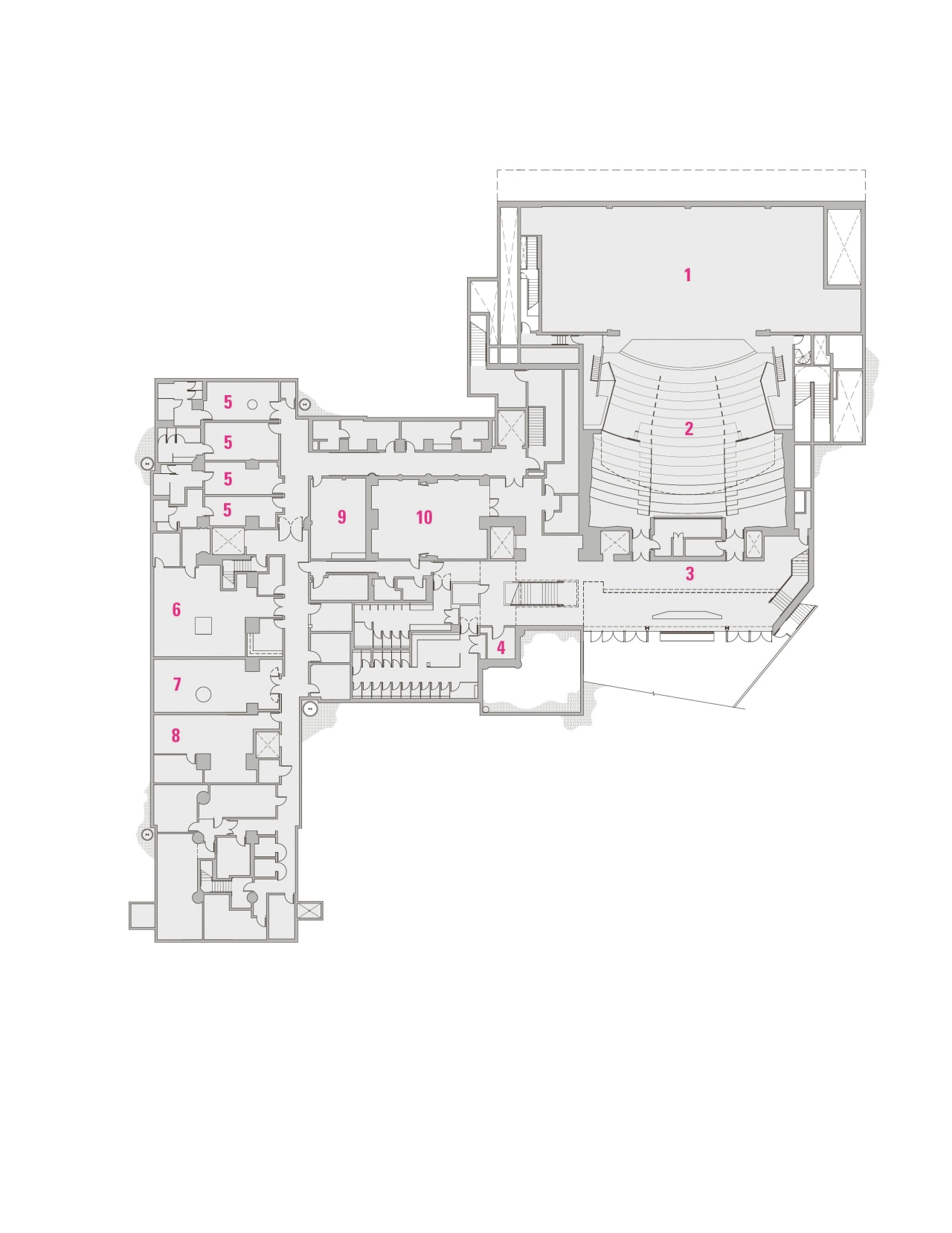
The footprint of the new theatre is in a T-shape, as is that of the post office building. By turning the new T so that it fits snuggly on the site adjacent to the existing one, the architects were able to create a dynamic interplay between the old and new buildings. This in turn allowed space for a series of connecting outdoor gardens and courtyards used for various activities and providing varied outlooks.
Rather than imitate or pay homage to the historic architecture, the new theatre celebrates the history of the site itself, and the activity that took place there: the processing, sorting, and delivery of mail. This is most evident in the dramatic facade.
"The skin of the new Goldsmith Theatre is an abstraction of the millions of letters and envelopes that once defined this historic site formed in copper-coloured concrete panels. A 1.2m by 2.75m envelope-shaped panel is repeated across the fae§ade," says Pali." The result is a beautiful abstract textural pattern, engraved into a copper skin. Each envelope is slightly different; some flat, some closed, some open, some turned front side out, and some turned to their backs. The design not only symbolises what went before it also offers up an abstract composition and a piece of art."
The dynamic facade serves a practical as well as an iconic and artistic purpose. Essentially, the skin folds in and out in response to existing historic buildings on the site and at the same time conceals the mechanical equipment of the building itself.
"As the facade wraps around the building it create a simplified, more cohesive form out of a complex building form that otherwise would be seen as separate, potentially cluttered, elements."
And in a building that is all about drama, the Goldsmith Theatre has plenty of its own over and above its stand out envelope-themed skin.
While the buildings are separate above ground, there are multiple connections below. The box office is in the new entry lobby in the reconfigured post office building and from here guests stroll along a promenade and down the grand staircase to arrive at the Goldsmith Lobby in style.
"Inside the theatre, there was a propensity to take things even further, perhaps using patterns of the inside of envelopes," says the architect. "However, the client's wish was to focus the patrons' senses towards the stage. The image of descending the rows towards the stage called to mind Marcel Duchamp's famous cubist work Nude Descending A Staircase'. We translated the painting's inherent sense of movement into the design of the acoustically transparent wood screens inside the theatre. These create a pattern of movement, much like the painting the screens lead the eye forward, at the same time showing glimpses of the inner workings of the theatre."
Credit list
Project
Construction
Mechanical and electrical engineer
Landscaping
Roof
Exterior paving
Wallcoverings
Ceiling
Theatre seating
Architect/interior designer
Civil engineer
Quantity surveyor
Cladding
Glazing system
Interior floors
Wall paints
Veneers
Acoustics
Story by: Charles Moxham
Photography by: Roland Halbe
Home kitchen bathroom commercial design
Classic looks, contemporary efficiency
Diving into nature
Personality plus
Commercial Design Trends Vol. 32/3C
Commercial Design Trends is aimed at our professional readers, and showcases commercial buildings. The book features reg...
Read More
